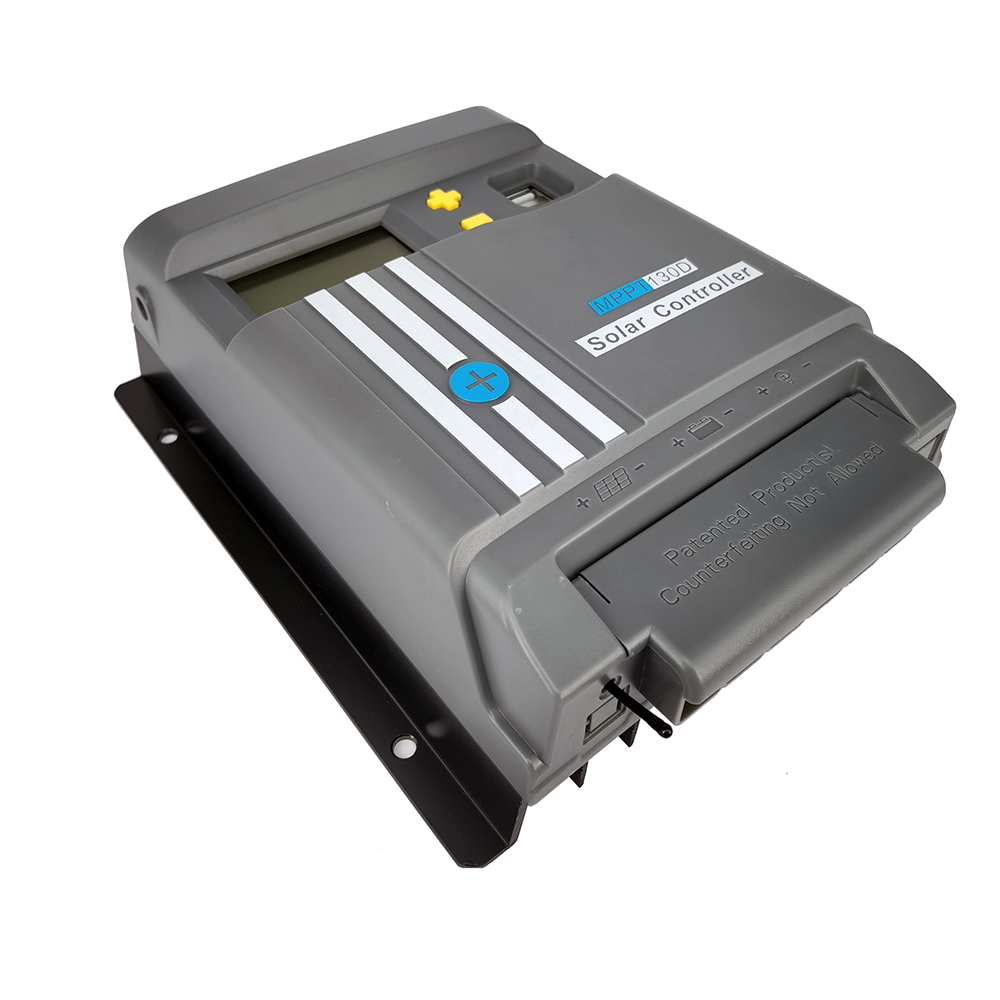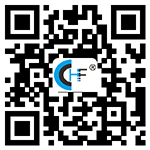NEWS
Function and role of charge controller
- Categories:solar controller
- Time of issue:2022-01-18 11:52
- Views:
(Summary description)The charge controller is a type of automatic charge and discharge control device installed in most solar power generation systems to protect the battery and prevent overcharging. Its most basic function is to cut off the charging current when the battery is full.
Function and role of charge controller
(Summary description)The charge controller is a type of automatic charge and discharge control device installed in most solar power generation systems to protect the battery and prevent overcharging. Its most basic function is to cut off the charging current when the battery is full.
- Categories:solar controller
- Time of issue:2022-01-18 11:52
- Views:
The charge controller is a type of automatic charge and discharge control device installed in most solar power generation systems to protect the battery and prevent overcharging. Its most basic function is to cut off the charging current when the battery is full. Due to the charging characteristics of various batteries Therefore, the charge controller used should be selected according to the battery type.

Functions of charge controller 1. When the battery voltage is in normal condition, the switch circuit controlled by the single-chip microcomputer is turned on, and the solar battery charges the battery at this time; when the battery voltage reaches 13.2v, it is in a floating state; when the battery voltage is higher than the set value When the fixed overcharge point is 14.5v, the charging circuit will be short-circuit protected and stop charging; when the battery voltage drops to 13.5v, the normal charging state will be restored.
Function of charge controller 2. When the battery voltage is lower than the set over-discharge point of 10.5v, the output controlled by the single-chip microcomputer is cut off, and the load has no output at this time; when the battery voltage reaches 12.4v, the single-chip microcomputer controls the output circuit to turn on, at this time Load over-discharge returns to normal.
The function of charge controller 3. Display circuit. The controller uses two two-color LDE light-emitting diodes to display the charging and discharging status. A bright red light means normal charging; B green light means the battery is fully charged; C red light flashing means the battery voltage is too low or the battery is in poor contact. The two-color LDE light-emitting diode display is very intuitive, which brings convenience to users.
Function of charge controller 4. Temperature compensation. The capacity of the battery changes with the change of temperature. When the temperature increases, the capacity of the battery will increase, and when the temperature decreases, the capacity of the battery will decrease. If the charge-discharge current remains unchanged, the corresponding charge-discharge rate will change, and different charge-discharge rates correspond to different overcharge and over-discharge points. Therefore, temperature compensation should be used to protect the battery. According to the standard temperature compensation range is -3~-7mV/℃/section, we take the middle value -5mV/℃/section. Because the resistance of the thermistor MF58 has an approximate linear relationship between -5 and 45 °C, temperature compensation can be achieved. When the ambient temperature changes, the resistance of the thermistor will change with the temperature change. The single-chip microcomputer compares the sampled value with the voltage value stored in the single-chip microcomputer by sampling temperature parameters, and appropriately controls the charging voltage and discharging voltage of the battery, thereby protecting the battery.
The function of the charge controller 5. The charging method adopts pulse charging, which has the effect of de-vulcanization of the battery and the function of inhibiting the vulcanization of the new battery.





